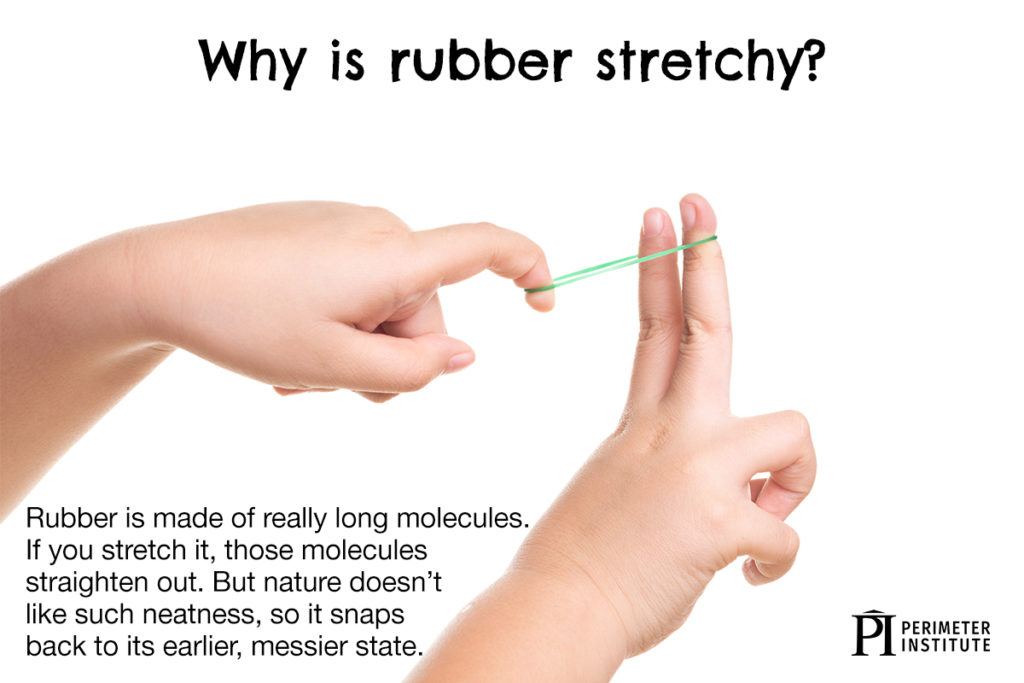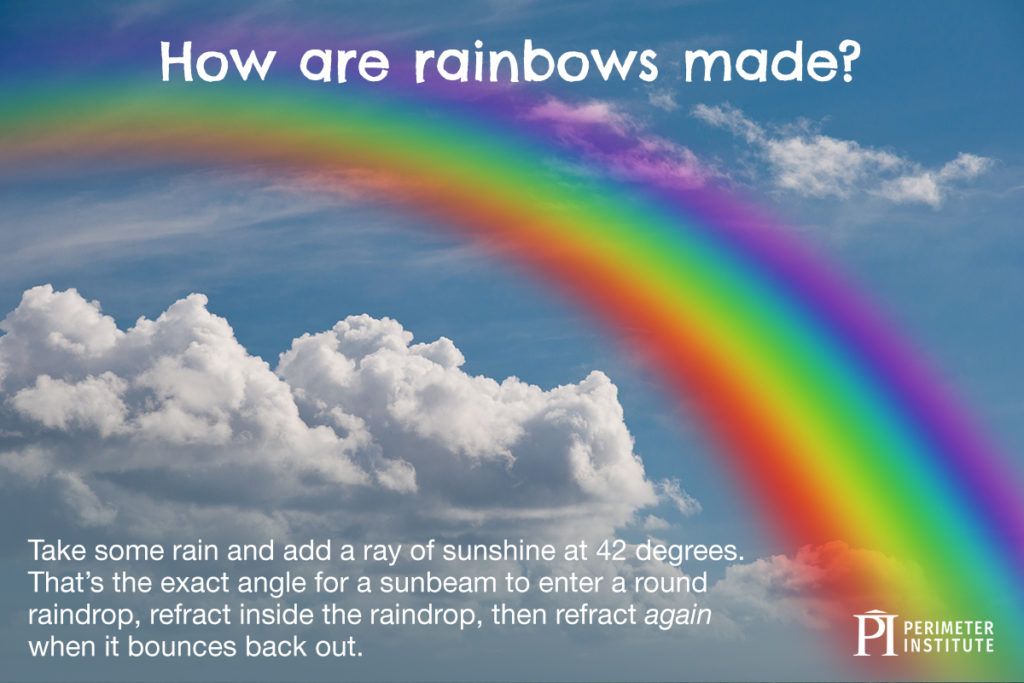At the bottom of every great scientific discovery is a question. Often, the simpler the question, the more fascinating the answer.
How are stars made? Why is the sky blue? If stuff is made of molecules, and molecules are made of atoms, and atoms are made of protons and electrons, then what are protons and electrons made of?
It’s these big, juicy questions that keep scientists going. We’ve worked out the answers for some, but others are still out there. And the best thing is, an answer usually leads to a new question.
For now, feed your curiosity and impress your friends with these fascinating factoids.
Still hungry for more? Check out all our “PI Kids Are Asking” columns.
Want to know more about how the Remarkable Theorem relates to cheesy deliciousness? Read the full article.
How small would you have to squish the moon to turn it into a black hole? Find out.
Learn more about how nature's fondness for messiness creates elasticity.
Why 42 degrees, instead of, say, 37 or 51? Find out.
Learn another fun way to test this concept at home.
Learn more about the crazy collisions that bring some elements into existence!
Further exploration
About PI
Perimeter Institute is the world’s largest research hub devoted to theoretical physics. The independent Institute was founded in 1999 to foster breakthroughs in the fundamental understanding of our universe, from the smallest particles to the entire cosmos. Research at Perimeter is motivated by the understanding that fundamental science advances human knowledge and catalyzes innovation, and that today’s theoretical physics is tomorrow’s technology. Located in the Region of Waterloo, the not-for-profit Institute is a unique public-private endeavour, including the Governments of Ontario and Canada, that enables cutting-edge research, trains the next generation of scientific pioneers, and shares the power of physics through award-winning educational outreach and public engagement.
You might be interested in









